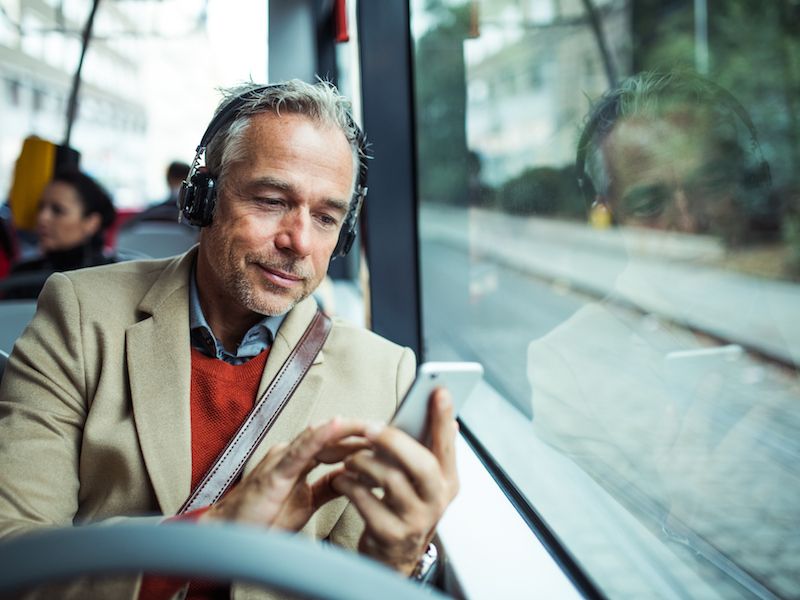
Hearing loss is normally thought to be an older person’s concern – in fact, it’s estimated that around 50% of individuals aged 75 and older have some form of hearing loss. And even though it’s frequently entirely preventable, a new study reveals an alarming number of young people are losing their hearing.
The National Foundation for the Deaf and Hard of Hearing recently carried out research on 479 freshmen across three high schools and found that 34% of those freshmen exhibited signs of hearing loss. The cause? It’s believed that it might be the result of headphones and earbuds connected to mobile devices. And younger people aren’t the only ones in danger of this.
In People Who Are Under 60, What Causes Hearing Loss?
For teenagers and everyone else, there is a basic rule for earbud volume – if others can hear your music, then the volume is too high. Your hearing can be damaged when you listen to sounds above 85 decibels – similar to the volume of a vacuum cleaner – for a prolonged time period. A typical mobile device with the volume turned up all the way registers at about 106 decibels. In this scenario, damage starts to develop in less than 4 minutes.
Although this sounds like common sense stuff, the reality is kids spend as much as two hours every day using their devices, commonly with their earphones or earbuds plugged in. During this time they’re listening to music, watching videos, or playing games. And this time is getting longer each year according to current research. Studies show that smartphones and other screens activate dopamine generation in the brain’s of younger kids, which is exactly what addictive drugs do. Kids loss of hearing will continue to multiply because it will be increasingly hard to get them to put their screens down.
How Much Are Young Kids in Danger of Hearing Loss?
Regardless of age, it’s obvious that hearing loss presents numerous struggles. Younger people, though, have to deal with additional problems pertaining to job prospects, after school sports, or even academics. The student is put at a disadvantage if they have a difficult time hearing and comprehending concepts in class due to early loss of hearing. And since sports require a lot of listening to coaches and teammates calling plays, sports become far harder. Teenagers and younger adults who are entering the workforce will have unnecessary challenges if their hearing loss has a negative impact on their self-esteem.
Social issues can also continue because of hearing loss. Kids whose hearing is impaired have a harder time interacting with friends, which frequently leads to emotional and social struggles that require therapy. Mental health troubles are typical in people of all ages who suffer from hearing loss because they often feel isolated and experience anxiety and depression. Managing hearing loss in many cases must go hand-in-hand with mental health treatment, particularly in kids and teenagers during formative years.
Preventing Hearing Loss
The first rule to adhere to is the 60/60 rule – devices and earbuds should only be used for 1 hour a day at a maximum volume of 69%. If you can hear your kids headphones, even if they are at 60%, you need to ask them to turn the volume down.
Also older style over-the-ear headphones may be a better choice than earbuds. Conventional headphones can generate almost 10% less volume compared to in-ear models.
Throughout the day in general, you should do everything possible to limit your exposure to loud noise. If you try to listen to your tunes without headphones, that is one of the few things you can control. If you do suspect you’re dealing with hearing loss, you need to see us as soon as possible.
